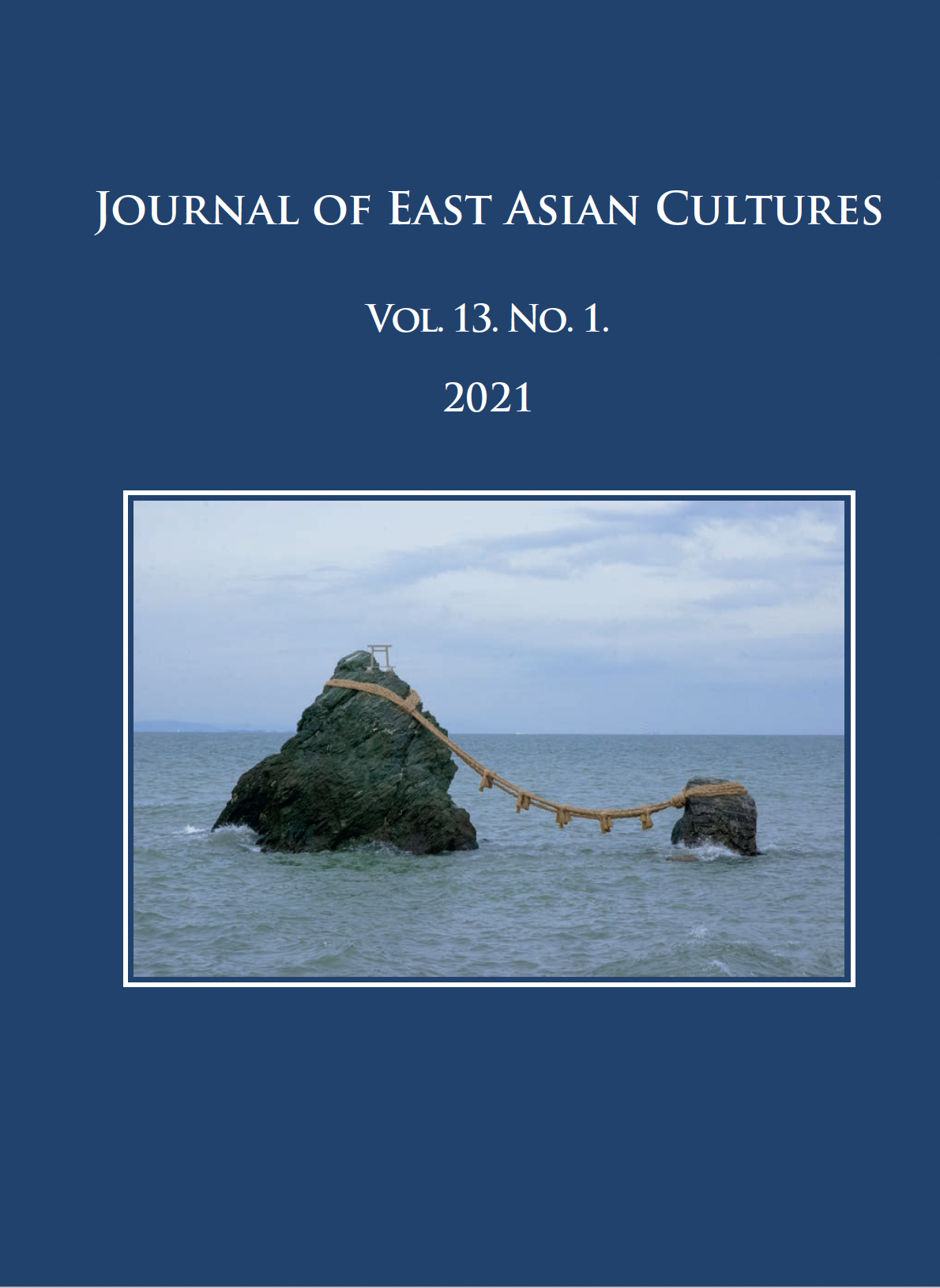Published 2021-12-15
Keywords
- women's roles,
- gender equality,
- women's employment,
- labour market,
- contemporary Japanese society
- Japanese family ...More
How to Cite
Copyright (c) 2021 the author(s)

This work is licensed under a Creative Commons Attribution-NonCommercial 4.0 International License.
Abstract
This paper examines some of the aspects of the overall transformation that is taking place in women’s position in present-day Japanese society. The paper’s special focus is on the changes that are occurring in women’s traditional roles within the family and how this influences women’s opportunities on the labour market. The first part of the article gives a general outline of the major changes that have affected Japanese women’s role within the institution of the family during the twentieth and twenty-first centuries. In the second part we present and analyse three case studies. The case studies depict three different life paths that illustrate the transformation that is going on in our own time. Analysis indicates that marriage as the only socially acceptable life path is no longer widely applicable and present-day Japanese society is more ready to tolerate alternative life choices. Although it is still true that gender equality continues to be seen as an aim that is hard to attain in Japan, recent changes indicate that radical changes in gender roles and modes of employment are inevitable and Japanese society is more than ever ready to embrace this transformation.
References
- Ambaras, David R. 1998. “Social Knowledge, Cultural Capital, and the New Middle Class in Japan. 1895‒1912.” Journal of Japanese Studies 24.1: 1–33. https://doi.org/10.2307/132937
- Hendry, Joy 1981. Marriage in Changing Japan. Rutland, Tokyo: Charles E. Tuttle Co.
- Hendry, Joy 1986. Becoming Japanese. The World of the Pre-School Child. Manchester: Manchester University Press.
- Kato, Akihiko 2013. “The Japanese Family System: Change, Continuity, and Regionality over the Twentieth Century.” MPIDR Working Papers WP 2013-004. Rostock: Max Planck Institute for Demographic Research, 1–48. https://doi.org/10.4054/MPIDR-WP-2013-004
- Nobuyoshi, Toshitani – Amy Searight 1994. “The Reform of Japanese Family Law and Changes in the Family System. U.S.-Japan Women's Journal. English Supplement 6: 66–82.
- Papp, Melinda 2016. Shichigosan. Change and Continuity of a Family Ritual in Contemporary Urban Japan. New York: Palgrave Macmillan.
- Papp, Melinda 2015. “The Transformation of a Family Ritual in Interwar Japan.” Asia Pacific World 6.1: 5‒20.
- Papp, Melinda 2014. “A család intézményének átalakulása az ünnepi szokások tükrében a háború előtti Japánban (1868–1945)” [The Japanese family and its celebrations in prewar Japan]. Távol-keleti Tanulmányok 8.1–2: 159‒178.
- Uno, Kathleen 1993. “The death of ‘good wife, wise mother’?” In: Andrew Gordon (ed.) Postwar Japan as History. Berkeley, CA: University of California Press, 293‒322.
- Usui Chikako – Howard A. Palley 1997. “The Development of Social Policy for the Elderly in Japan.” Social Service Review 71.3: 360‒381. https://doi.org/10.1086/604262
- Vogel, Suzanne H. 1996. “Urban Middle-Class Japanese Family Life, 1958‒1996: A Personal and Evolving Perspective.” In: David W. Shwalb – Barbara J. Shwalb (eds.) Japanese Childrearing. Two Generations of Scholarship. New York, London: The Guilford Press, 177–200.
- White, Merry 1996. “Renewing the New Middle Class: Japan’s Next Families.” In: David W. Shwalb – Barbara J. Shwalb (eds.) Japanese Childrearing. Two Generations of Scholarship. New York, London: The Guilford Press, 208–218.

